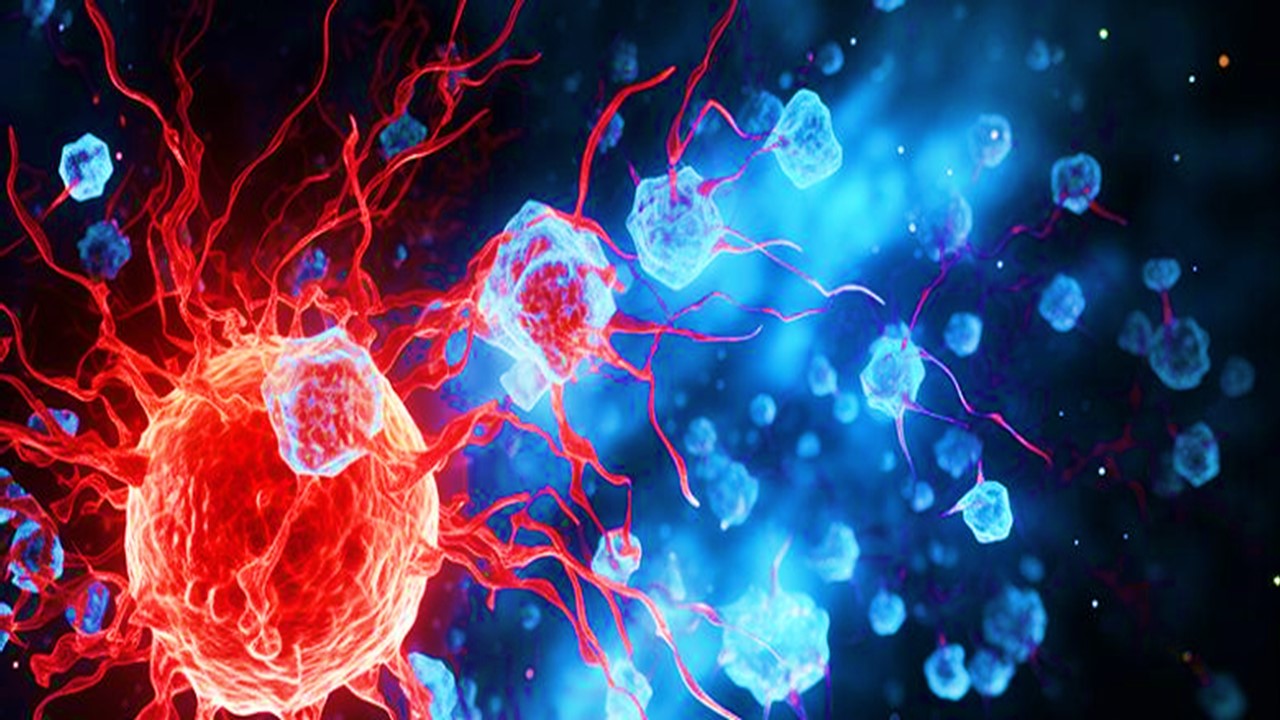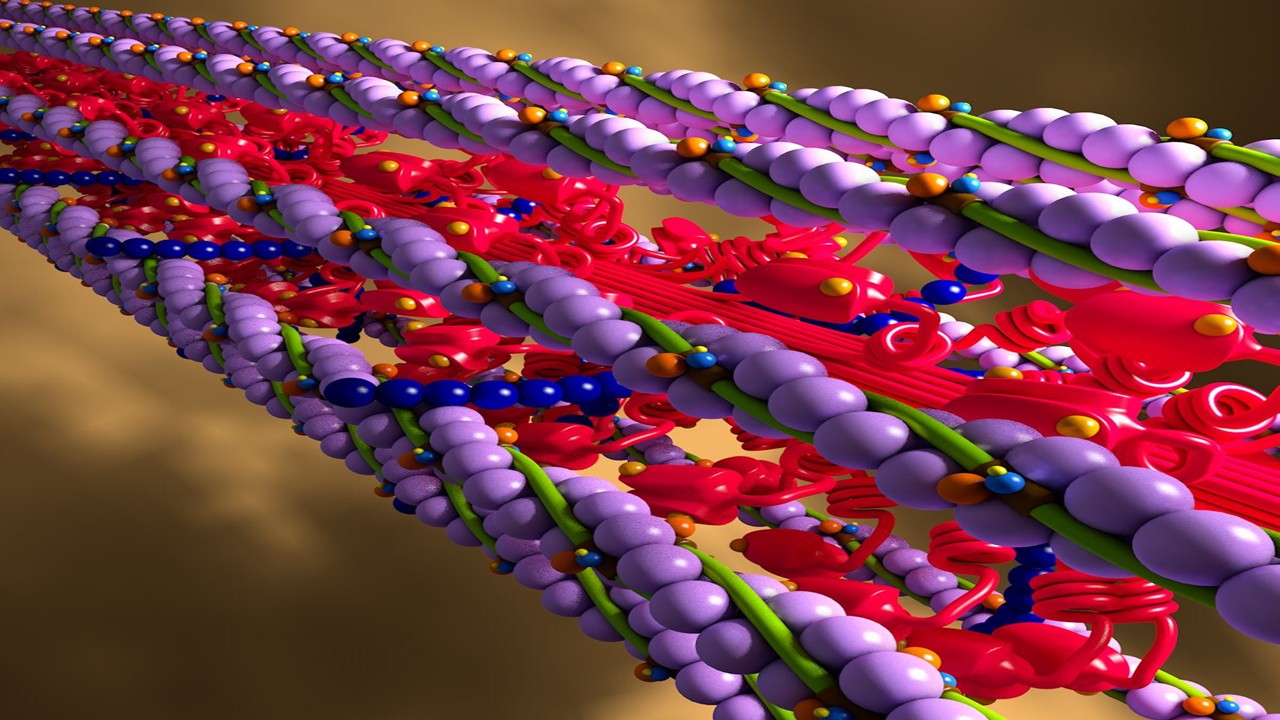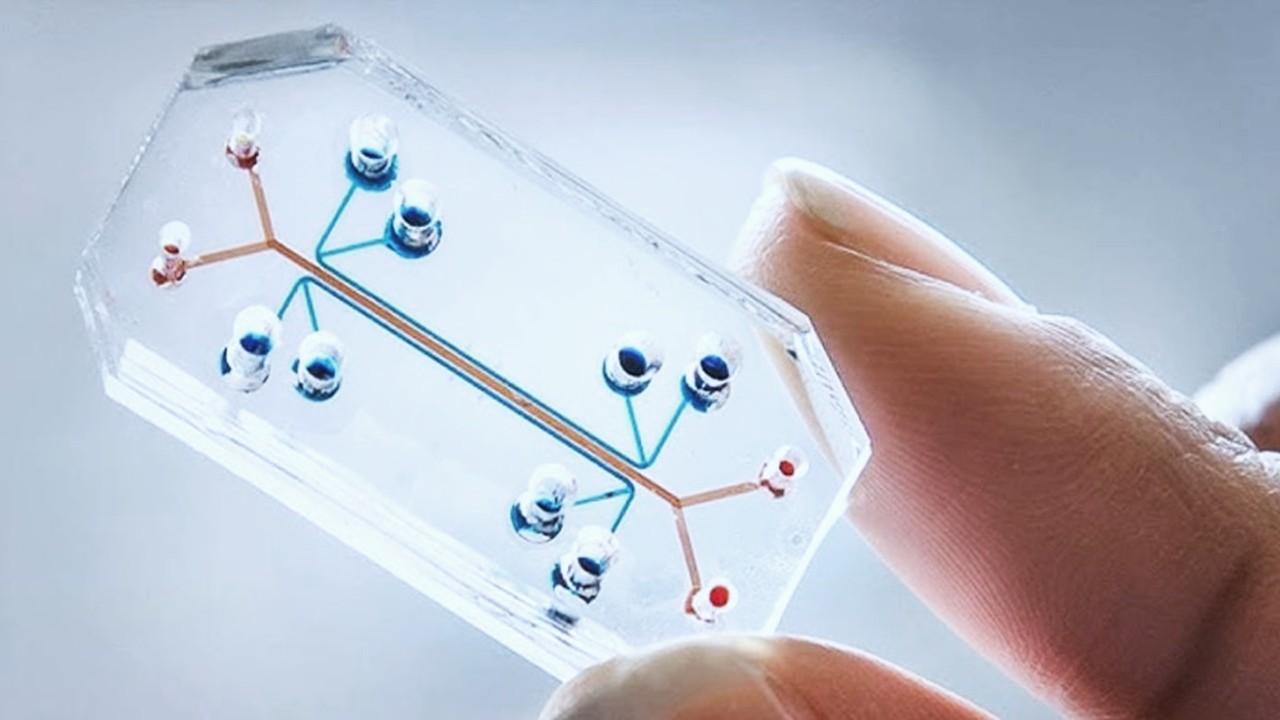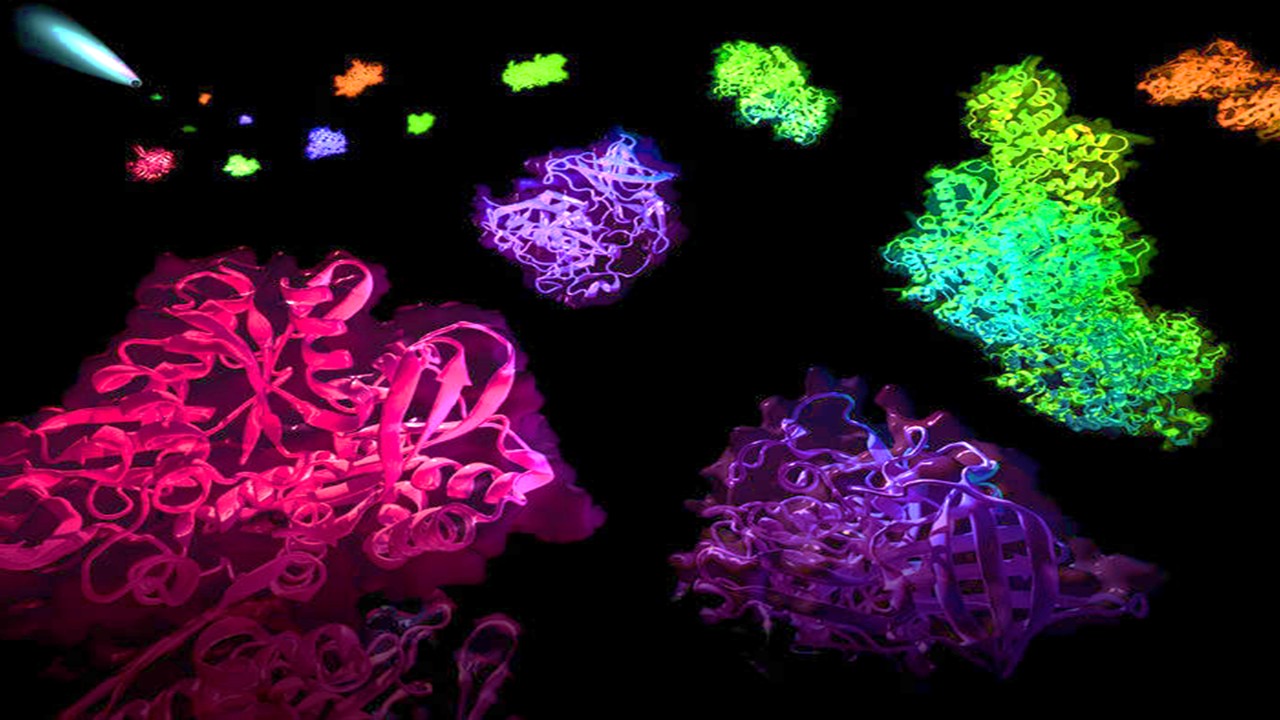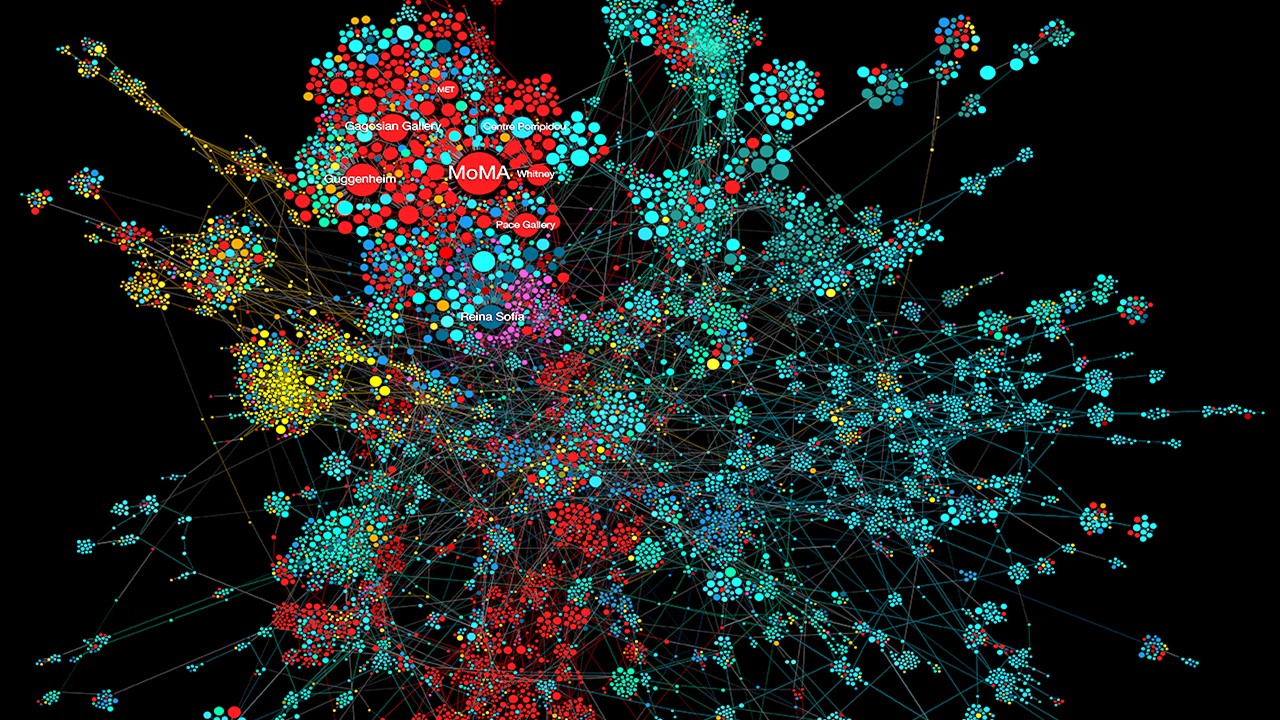With over 10 million deaths related to cancer in 2020, and an ageing world population, the need for finding new treatments in the field of Oncology is only set to grow. Indeed, given that cancer should be approached as a whole group of diseases, rather than one disease, a diversity of treatments is always required – not all tumours respond to the same treatment, much less to the same degree. While standard therapies, such as chemotherapy and radiotherapy, have done a lot to combat the growing burden of cancer, advances in immuno-oncology, and the precision it offers, have taken the spotlight as of recent years. Yet one therapeutic approach seeks to combine both fields – the targeting accuracy of immunotherapies, along with the cytotoxic properties of chemotherapy: antibody-drug conjugates (ADCs).
Current Treatments
Chemotherapy has been a life-saving, and life-extending, approach since its invention in the 20th century. Its ability to provide a systemic stressor against cancer and shrink tumours cannot be understated. The chemotherapy industry alone is projected to reach a market size of $74.3 billion by 2027, elucidating its importance. Yet it is this systemic nature of chemotherapy that also makes the treatment burdensome and riddled with adverse effects: chemotherapy tends to target all cells in the body that are actively dividing. This can lead to well-known side effects, owing largely to damage in tissues that are meant to be dividing in healthy adults: hair loss, severely weakened immune systems, and possible organ damage when exposed to directly cytotoxic agents.
In response to the use of such indiscriminate therapies, the field of immuno-oncology has flourished, promising treatments that can be highly selective against tumour cells, and therefore lead to fewer adverse effects. There is a diverse array of immunotherapies with already approved agents, each relying on different aspects of the immune system: dendritic cell therapies, T-cell therapies, antibody treatments, as well as cytokine therapies. Antibody-based therapies exhibit the highest degree of specificity by targeting antigens expressed by tumour cells. While naked antibody therapy remains most common, it often remains reliant on exposing tumours to a patient’s immune system, rather than directly damaging them.
Antibody Drug Conjugates
Antibody-drug conjugates harness the potential of both conventional and immunotherapeutic anti-cancer treatments: an antibody specific to proteins expressed by the tumour it targets is conjugated (linked) to a cytotoxic (cell-killing) agent. One could visualise ADCs as guided missiles – the antibody acts as the guide, driving the payload (the cytotoxic agent) to a highly specific target. An effective link between the two is required – and the cytotoxic agent remains non-lethal before it is internalised by its target cell. As such, four key properties can be described for each ADC treatment candidate:
- Tumour specificity – how well it can target a tumour
- Antibody – the monoclonal antibody (mAb) being used
- Cytotoxic agent – the agent being delivered
- Linkage method – the way the antibody is linked to the cytotoxic agent
Each of these four presents unique challenges that need to be addressed for the success of ADCs going forward.
Tumour Specificity
Tumour specificity relates to the antigen chosen to target the tumour. There are multitudes of target candidates. The classical approach has been to target antigens expressed on the surface of tumour cells, which are then internalised, freeing up the cytotoxic payload. This has proven highly effective in haematological cancers. Treatments such as brentuximab vedotin, developed by Seattle Genetics, have already received clinical approval and have proven the potential for ADCs in the treatment of various lymphomas.
However, bigger challenges for tumour specificity remain with regards to solid tumours. Agents such as trastuzumab emtansine have shown that ADCs do have potential – with the aforementioned ADC being highly effective in HER-2 positive late-stage breast cancers. However, antigen expression can be highly variable in solid tumours, which makes locating ideal targets difficult. Additionally, ADCs tend to only reach the peripheral, outer cells of solid tumours. Solutions could include targeting antigens on tumour vasculature rather than tumour cells themselves, or using bispecific antibodies to improve both the targeting and affinity of the treatment. Alternatively, ADCs that release their cytotoxic agents prior to internalisation could be of benefit, as this enables them to target tumour cells that do not express their target antigens – although they also raise the question of whether they would also affect healthy tissue.
Antibody Selection
Antibody selection presents another key property for ADC treatments. Typically, human or humanised antibodies are preferred over murine or chimeric antibodies due to their low overall immunogenicity and longer half-lives. Monoclonal antibodies have their own virtues as a standalone treatment, and those virtues can also be exploited by ADCs. This is why the antibodies chosen are usually of the IgG class, which can activate the complement pathway of the immune system. This is particularly true for antibodies of the IgG1 class, which can trigger Antibody-Dependent Cell Phagocytosis (ADCP), enabling the immune system to attack cells that the antibodies have bound to. This can prove advantageous and contribute to the overall efficacy of the treatment, but only when the antigen that the antibody binds to is highly specific to tumour cells. In other cases, IgG2 or IgG4 antibodies should be chosen to lower the likelihood of the immune system attacking possibly healthy cells. However, since ADCs do not depend on immune reactions to deliver cytotoxic effects, they also have the potential to give a new lease of life to previous mAb preclinical treatment candidates which had exhibited high degrees of specificity but insufficient cell-killing capabilities.
Cytotoxic Agents
A significant advantage of ADC treatments is that they can employ cytotoxic agents that would normally be far too toxic to be used as part of conventional chemotherapy. It also presents another avenue for fine-tuning the treatment – for example, the payload itself can have ionised groups to prevent it from crossing cellular membranes should it be released extracellularly, should this be a desired property. Most cytotoxic agents currently used are of three families: the calicheamicins, auristatins or maytansinoids. Other promising agent classes also include the duocarmycins, amanitins and pyrrolobenzodiazepines. These can be divided into two broad functional groups: those which disrupt microtubules (which are crucial for cell division and cancer proliferation) and DNA modifiers. Unlike microtubule disruptors, DNA modifiers will kill cells at any time – not just when they undergo cell division. The challenges in this area involve overcoming multidrug resistant tumours and maintenance of sufficient potency. These criteria must be considered in conjunction with the other characteristics that are required for an agent to be suitable for ADC, namely:
- The agent must remain potent and functional when linked to the antibody
- Hydrophilic properties are ideal, as the agent must be stable in water-based solutions
- Synthesis of the agent needs to be feasible and cost-effective
- A sustainable Drug-to-Antibody Ratio (DAR) that balances potency and toxicity
These significantly constraining factors make the development of new agents challenging – hence the relative dependence of the industry on a handful of agent classes.
Linking
The linking compounds facilitate the connection between the antibody and the cytotoxic agents. They must maintain robust conjugation, while also enabling the separation of the cytotoxic agent once in the right environment – usually inside the tumour cell. Based on how the latter happens, linking agents can be broadly classified into two categories – cleavable or non-cleavable. Cleavable linkers result in more straightforward designs – as their cytotoxic properties apply only when they are released as a free molecule, there is no need to compensate for loss of potency while they are linked, unlike with non-cleavable linkers.
One of the most common methods of linking is Lysine amide coupling, which connects the cytotoxic agents with lysine amino acids on antibodies. However, given the abundance of lysine on most antibodies, this can lead to variable DARs for a product – which can lead to unpredictable effects. Additionally, some lysine sites may be important for the binding of the antibody to its targets. As such, this coupling method requires precise control in order to lead to reproducible results. Cysteine based conjugation provides superior homogeneity compared to Lysine, and offers the potential for novel, more fine-tuned production processes such as Cysteine bridging, as well as engineered cysteine antibodies – EnCys mAb. Promise can also be seen in engineering unnatural amino acids for linkage, which provide extremely controlled and precise DAR values – however, unnatural amino acids are difficult to synthesize and can have unpredictable immunological effects. Linking using enzymes also provides highly controlled DARs owing to their highly site-specific conjugations; multiple enzymes have been identified for use, with different classes of possible links. The variety of linking agents is quite wide, and the suitability of different agents is highly dependent on the target and the ADC in use, as well as the environment the cytotoxic agent must act in.
As such, it is evident that ADCs offer the promise of safer, more effective chemotherapeutic treatments. However, owing to their highly complex structure and nature, a lot of work remains to be done before the challenges in the field can be overcome. Yet the future looks bright, with over eleven clinically approved treatments already on the market, from a variety of pharmaceutical heavyweights: Pfizer, AstraZeneca, GlaxoSmithKline, Roche, as well as more specialised firms like Immunomedics, Seattle Genetics, Genentech and ADC Therapeutics. Their complex nature presents not only a challenge, but countless opportunities for fine-tuning and flexibility, particularly as ADCs mature beyond the field of “liquid” tumours and research on their use in solid tumours grows.
Nick Zoukas, Former Editor, PharmaFEATURES
Subscribe
to get our
LATEST NEWS
Related Posts

Immunology & Oncology
The Silent Guardian: How GAS1 Shapes the Landscape of Metastatic Melanoma
GAS1’s discovery represents a beacon of hope in the fight against metastatic disease.
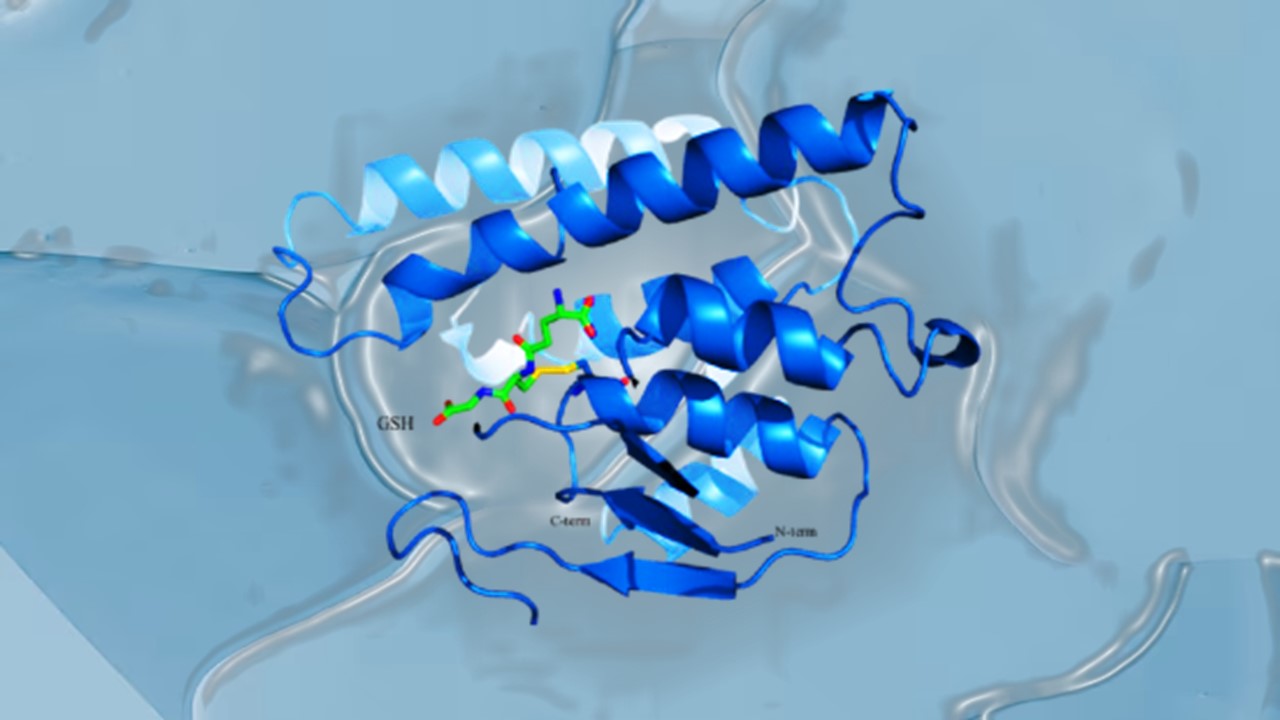
Immunology & Oncology
Resistance Mechanisms Unveiled: The Role of Glutathione S-Transferase in Cancer Therapy Failures
Understanding this dual role of GSTs as both protectors and accomplices to malignancies is central to tackling drug resistance.
Read More Articles
Myosin’s Molecular Toggle: How Dimerization of the Globular Tail Domain Controls the Motor Function of Myo5a
Myo5a exists in either an inhibited, triangulated rest or an extended, motile activation, each conformation dictated by the interplay between the GTD and its surroundings.
Designing Better Sugar Stoppers: Engineering Selective α-Glucosidase Inhibitors via Fragment-Based Dynamic Chemistry
One of the most pressing challenges in anti-diabetic therapy is reducing the unpleasant and often debilitating gastrointestinal side effects that accompany α-amylase inhibition.





